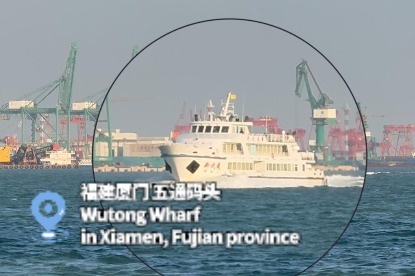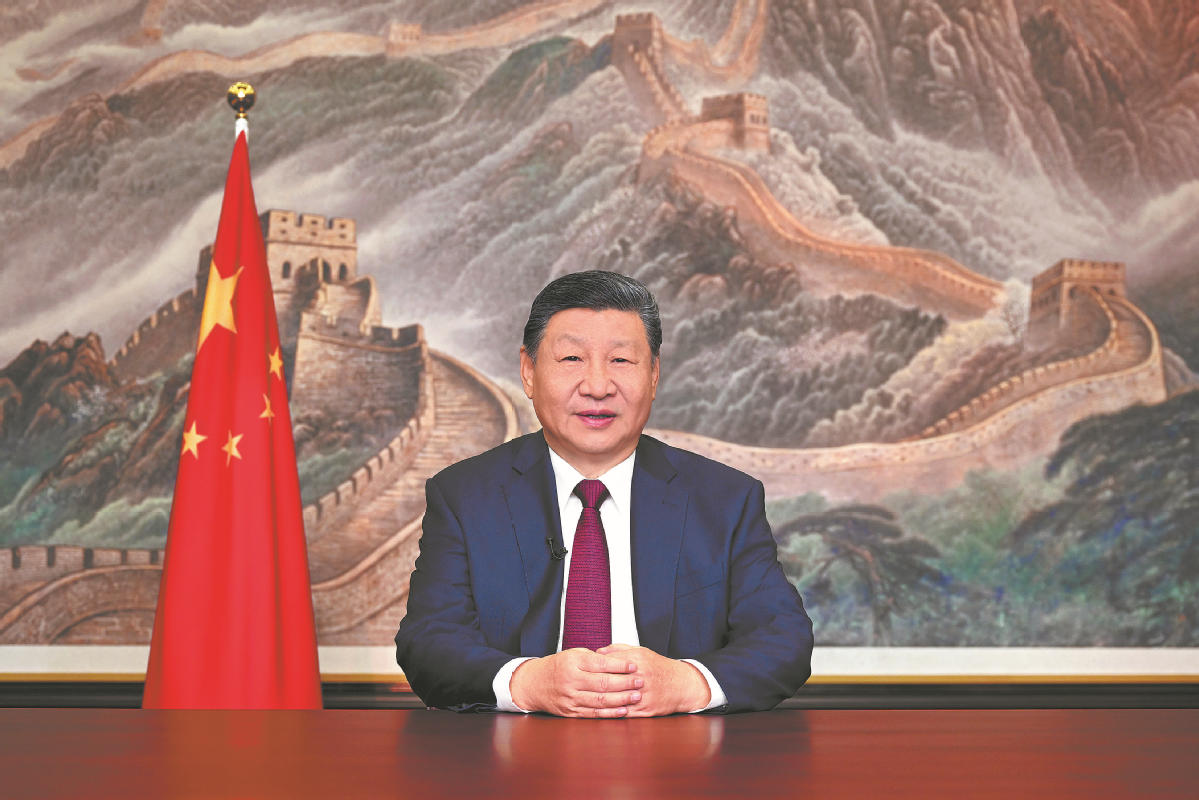Basic trend of country's long-term economic growth has not changed
PEOPLE'S DAILY | Updated: 2024-04-16 07:13

As of Saturday, 144,000 overseas buyers from 215 countries and regions had registered for the 135th China Import and Export Fair, known as the Canton Fair, which opened in Guangzhou, Guangdong province, on Monday. Compared to the last Canton Fair, that's 21.4 percent more buyers from the United States, 13 percent more from the countries of the Organization for Economic Co-operation and Development, 24.7 percent more from the Middle East and 45.9 percent more from the countries involved in the Belt and Road Initiative.
Data also show that 4,541 China-Europe freight trains operated in the first quarter of this year, carrying 493,000 twenty-foot equivalent units of goods, up 9 percent and 10 percent year-on-year respectively, and by the end of March, more than 87,000 such trains had been operated, connecting 222 cities in 25 European countries.
For some time now, Western politicians and media outlets have been deliberately amplifying the challenges facing China's economy, and ignoring its positive momentum, strong resilience and full potential. China's economy grew by 5.2 percent year-on-year in 2023, 2.2 percentage points higher than in 2022, and also faster than the average growth rate of 4.5 percent during the three years of pandemic control and prevention. With its economic growth ranking top among the world's major economies, China remains the biggest engine of the world economy, contributing more than 30 percent to global growth. Against the backdrop of sluggish world economic recovery, intensifying geopolitical conflicts and rising protectionism and unilateralism, China's economy has unleashed strong resilience and potential.
To have a better understanding about the trend of China's economy, it is important to grasp its growth potential. China's accelerated upgrading of manufacturing, agriculture and other industries and its doubled efforts to promote the high-quality development of modern service industries will continue unleashing greater growth potential and contribute to the steady growth of its economy. The around 5 percent economic growth target set by China is based on it taking full account of its growth potential and supporting conditions.
The momentum of China's economic recovery has been continuously consolidated and strengthened in the past months, with its manufacturing purchasing managers' index rising to 50.8 percent, and high-tech manufacturing PMI rising to 53.9 percent in March. In the first quarter, the import and export volume of China's trade in goods exceeded 10 trillion yuan ($1.38 trillion), with the growth rate of import and export hitting a new high in six quarters, reflecting not only the change of cyclical factors, but also the positive adjustment of China's economic structure.
China has a relatively low inflation and central government debt level, meaning it has sufficient monetary and fiscal policy space to use. That will promote effective qualitative improvement and reasonable quantitative growth of its economy.
























